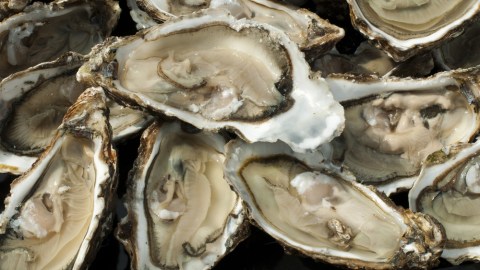I Wish I Had Some Oysters: The Value of Natural Capital

I wish I had some oysters.
That is what the author Paul Greenberg wrote in the New York Times a little over a year ago, in the aftermath of Hurricane Sandy. Greenberg wasn’t craving oysters to eat – although, of course, that would be nice. “I’m talking about the oysters that once protected New Yorkers from storm surges,” Greenberg wrote, “a bivalve population that numbered in the trillions and that played a critical role in stabilizing the shoreline from Washington to Boston.”
New York Harbor was the home of enormous underwater oyster reefs that served to filter the water as well as break up waves before they hit the shore – that is, until European colonists arrived and nearly ate the oysters out of existence.
However, oysters are making a bit of a comeback today, and their comeback is being aided in part to the realization that our shorelines – whether it’s the East Coast or the Gulf of Mexico – are increasingly vulnerable to storms. We need oysters now more than ever.
What’s the Big Idea?
Oyster restoration projects have been proposed and studied for some time now and it turns out these so-called “green infrastructure” projects beat out the cost and benefits of so-called “gray infrastructure” (man-made projects like sea walls) by a mile.
Mark Tercek, president and CEO of The Nature Conservancy, says his group has applied NOAA stimulus funds to several reef projects in the Gulf of Mexico, and now has data to report. “We showed that for $1 million we could build one mile of oyster reef in the gulf,” Tercek says. As it turns out, that is about the same price tag for one mile of first-rate seawall. But the comparisons end there.
Man-made infrastructure, Tercek says, will depreciate. It will decline in value through wear and tear. “The oyster reef, if we take care of it,” he says, “will more than hold its value. It might even appreciate in value over time.”
After all, an oyster reef is not just a seawall. In the video below, Tercek lays out the many benefits of this green infrastructure.
Watch here:
Image courtesy of Shutterstock
Follow Mark Tercek on Twitter: @MarkTercek





